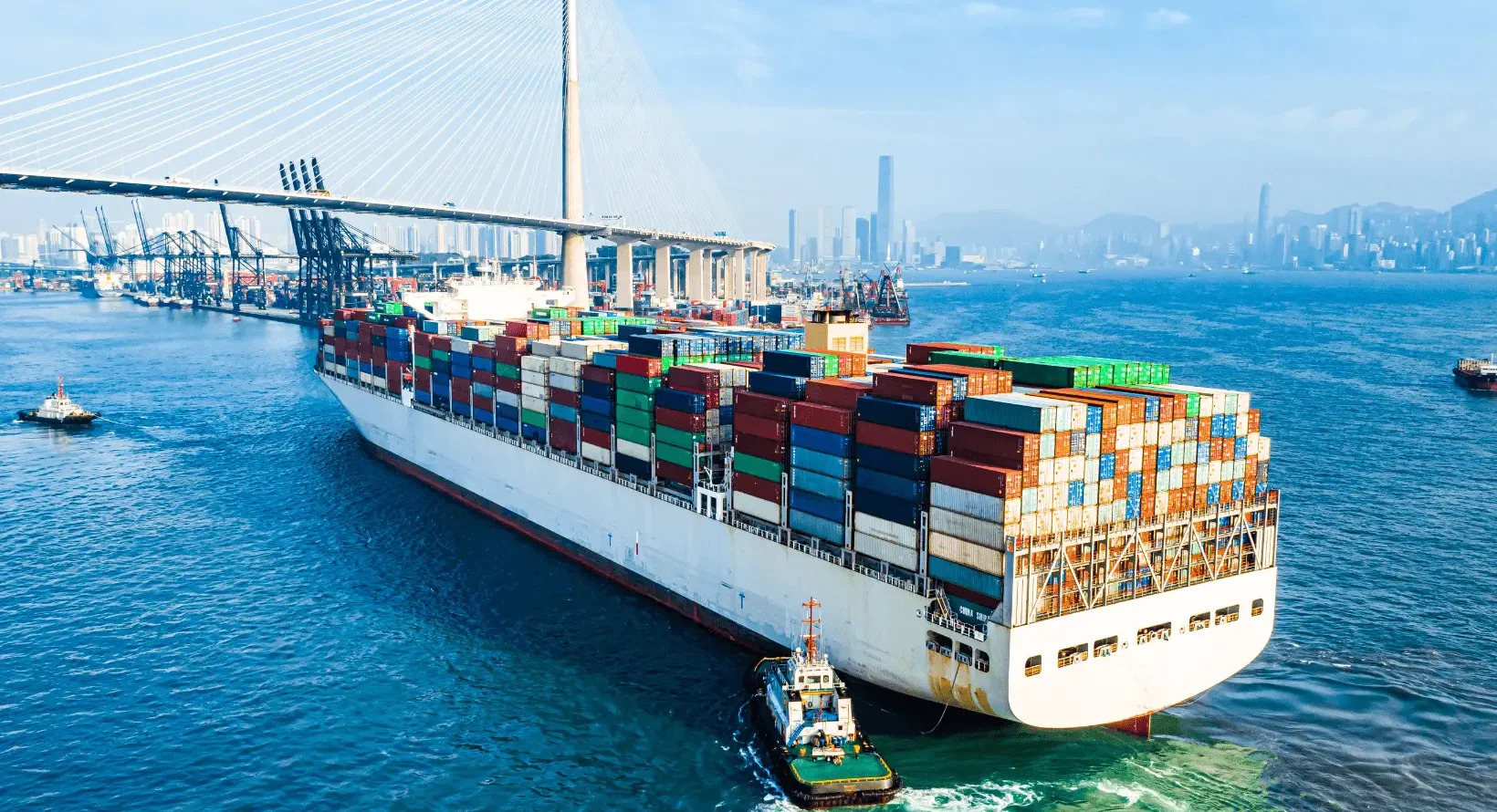
News
A Highly Professional, Cost-effective And High-quality
One-Stop International Logistics Service Provider For Global Trader

A Highly Professional, Cost-effective And High-quality
One-Stop International Logistics Service Provider For Global Trader
 en
en